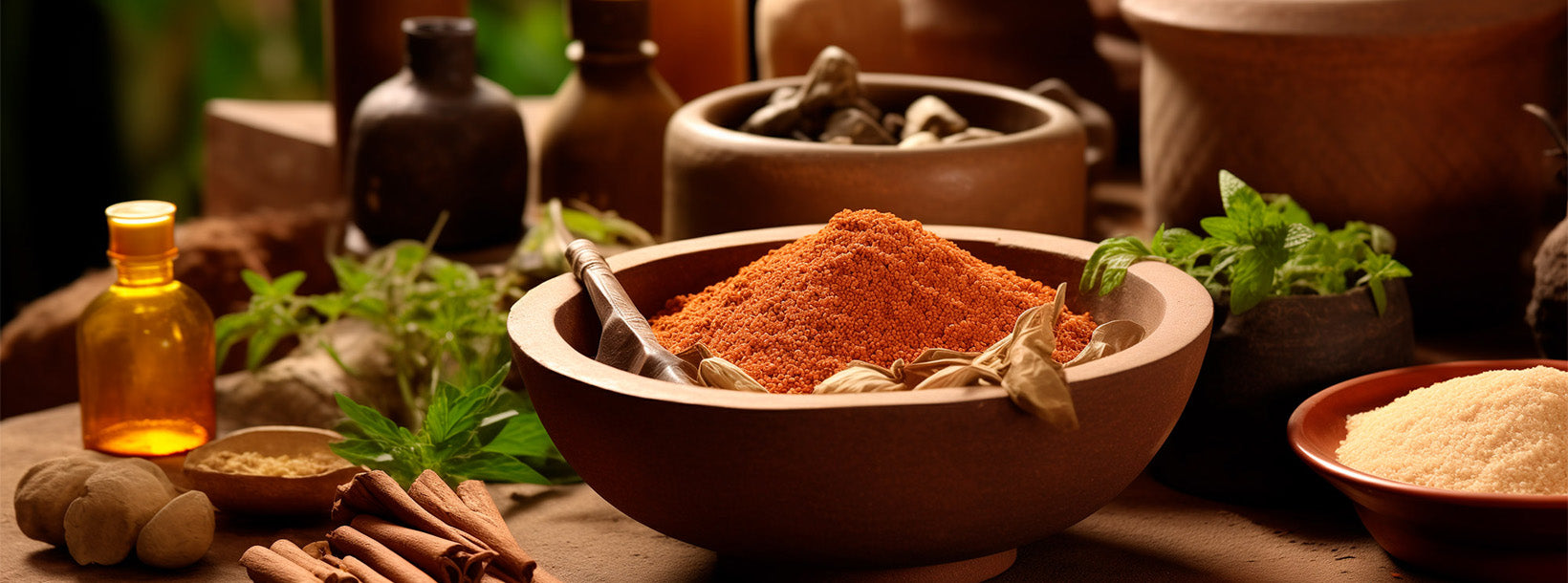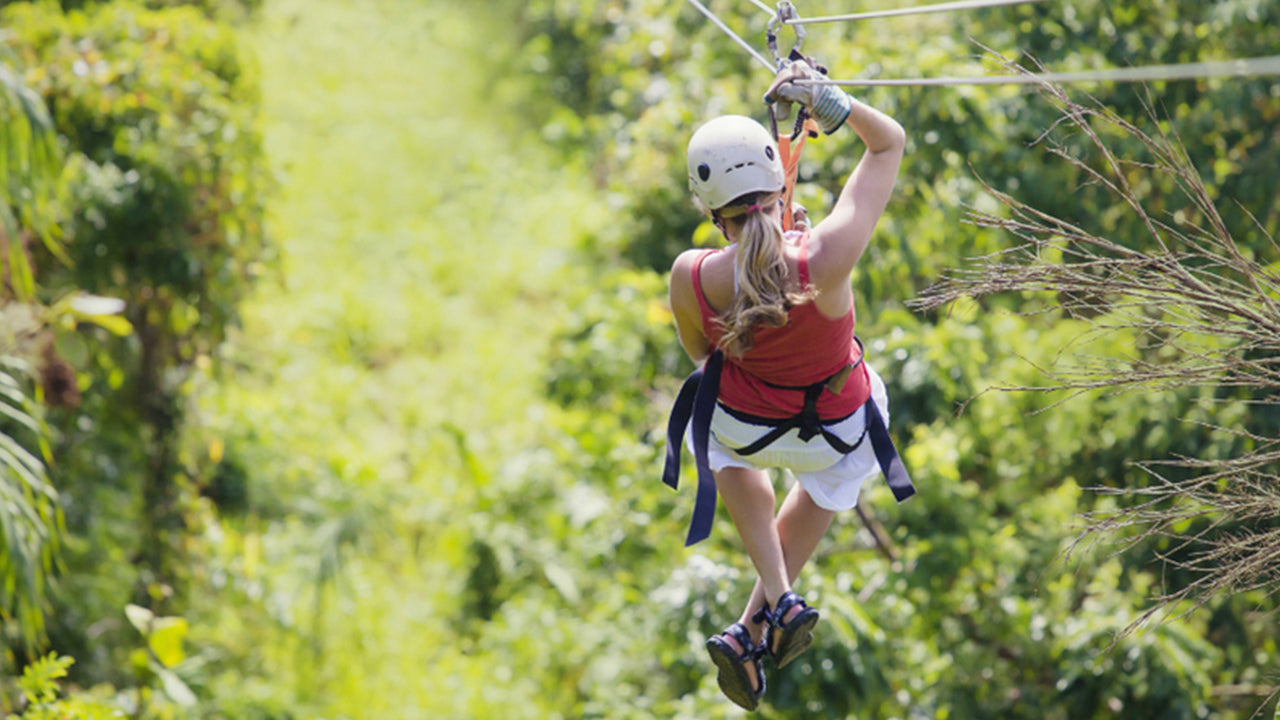
아유르베다와 허브
아유르베다와 약초 요법은 식물 기반 치료법을 이용한 자연 치유에 중점을 둡니다. 고대 인도 전통에 뿌리를 둔 아유르베다 의학은 식단, 생활 습관, 그리고 약초 치료를 통해 신체의 균형을 강조합니다. 약초 의학은 식물의 치료적 효능을 활용하여 다양한 질병을 치료하고 전반적인 웰빙을 증진합니다. 두 접근법 모두 전인적 건강과 예방을 목표로 합니다.
Paspanguwa
The ‘Paspanguwa’ (??? ?????) traditional medicinal formula can be obtained as air-tight sachets or packets as an over-the counter medicine in pharmacies and supermarkets. The ailments, for which this can be used as per the instructions in the packaging, are colds, coughs, headaches, fever, and overall body aches. Although the herbal formulation itself has not been clinically evaluated, its constituents possess significant evidence as to their respective efficacies against a myriad of disease conditions. ‘Paspanguwa’ is commonly consumed as an herbal tea preparation. The name, which means five portions in the vernacular language of Sinhala, is made by the combination of five main herbs. The five ingredients, which make up the formula commonly, consist of Ginger (Zingiber officinale), ‘Pathpadagam’ (Hedyotis corymbosa),
‘Katuwalbatu’ (Solanum xanthocarpum), ‘Veniwalgata’ (Coscinium fenestratum) and Coriander (Coriandrum sativum). In some instances other herbs such as ‘Thippili’ (Piper longum), Thai eggplant (Solanum melongena), Black pepper (Piper nigrum), Wishnukranthiya (Evolvulus alsinoides) and Pawatta (Justicia adhatoda) may also be used. Figure 1 shows a commercially available ‘paspanguwa’ package, and the ingredients used. The resulting herbal tea from this decoction is bitter in taste, thus, it is often taken together with sugar or juggery. To date, there has been only one in vitro study performed to explore the antioxidant and starch hydrolyses inhibitory properties of one form of the ‘paspanguwa’ herbal formula . However, it should be noted that the major constituents in these herbsin this herbal formula have been systematically studied for their efficacy against a variety of ailments, thus it may be deemed reasonable to review existing scientific material on these individual herbs. Overall, the purpose of this review is to describe the formula assess the ‘paspanguwa’ herbal formula and its constituents and promote the argument whether scientific validation is truly required for traditional medicinal recipes, such as these, which have gained so much popularity even without the scientific rigor.
Therapeutic Effects of the Constituent Herbs of ohe ‘Paspanguwa’ Formula
As previously mentioned, there are five ‘major’ constituents in the ‘paspanguwa’ formula, followed by minor ones which are incorporated primarily to boost the strength and effectiveness of the major components. The ‘major’ herbs are those, which are considered to contain the highest ability to prevent ailments such as coughs, colds, fever, and body aches. The rest do not necessarily target these diseases; however, as per traditional medicinal records, they are able to prevent these ailments when used in combination with another ‘major’ herb, rather than in isolation (Figure 2).
| English (Sinhala) Name | Picture |
| Black Pepper |  |
| Coriander seeds |  |
| Ginger plant with its rhizome |  |
| Dried Katuwelbatu |




